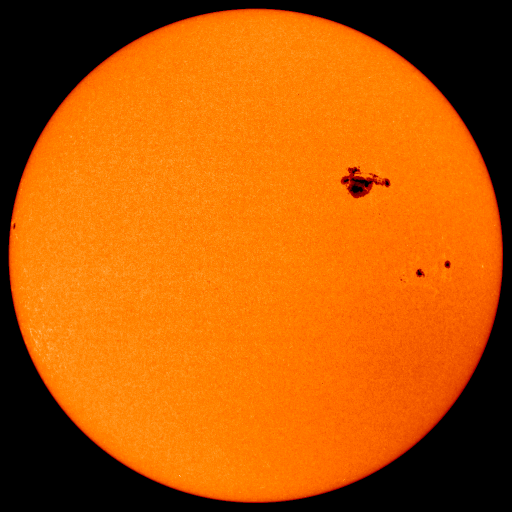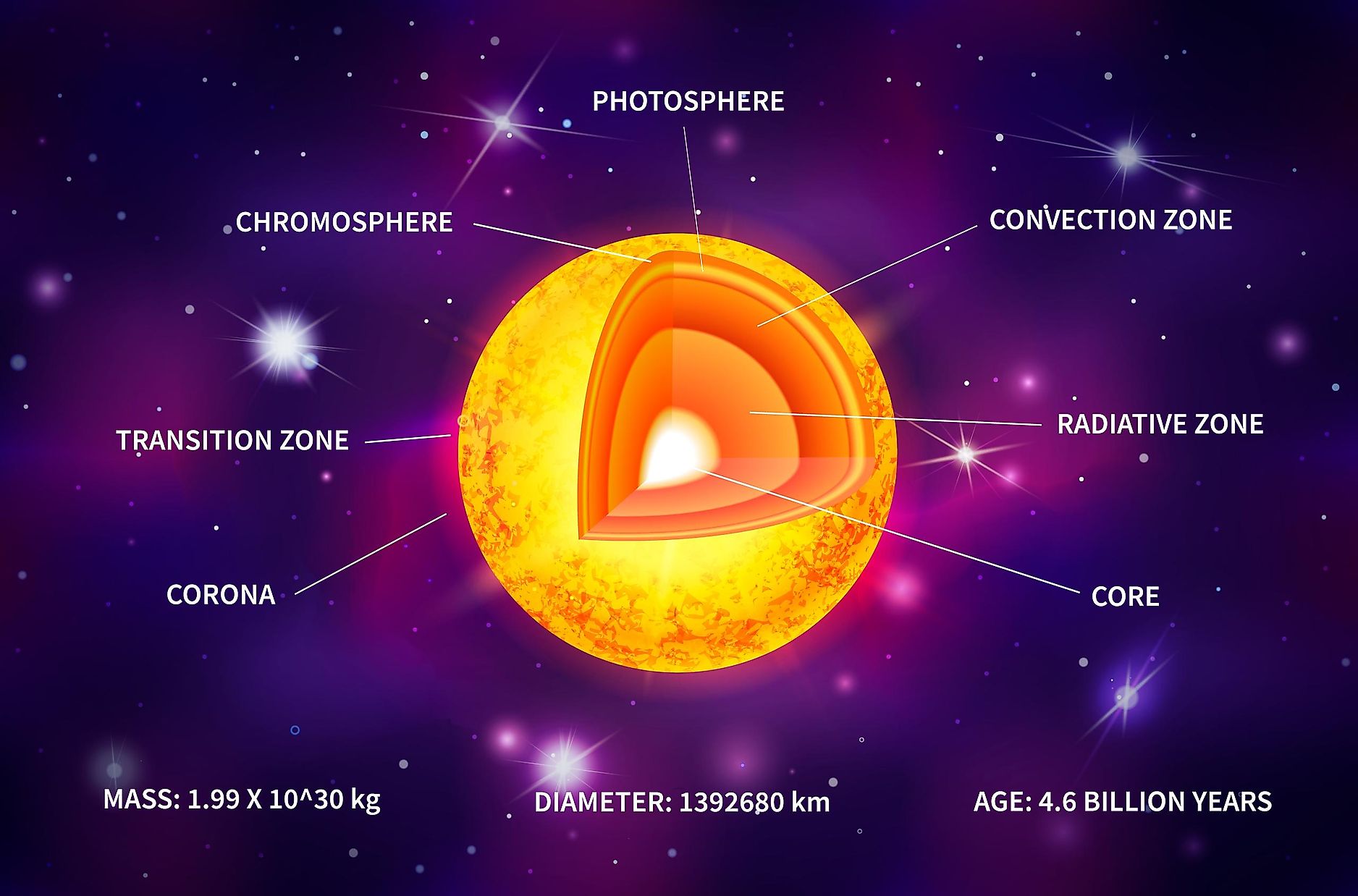
The base of the convective layer, where it transitions from the radiative zone, is very hot, about 1,500,000☌. That is thousands of times less dense than air at sea level on Earth, which is 1.5 x 10 -3 g/cm 3.Ĭonvection is driven by a difference in temperature. At the top surface of the layer, the photosphere, the density is only 4 x 10 -7 g/cm 3 on average. It is a layer of fluid plasma that literally boils like candy boiling in a pot, except that this fluid has incredibly low density. This layer of the Sun, underneath the photosphere, is where the granules are created. In the previous article, we explored the convective layer. The shock of these pressure waves regularly sends waves rippling across the Sun's surface. It creates shock waves when it reaches the far less dense photosphere above. The flow of plasma upward in the granular convection cells is very fast - up to 25,000 km/h. Because convection is inhibited in the black-appearing sunspots, they look smooth in comparison. Each granule lasts only about 20 minutes which means the surface continually changes over time. These granules (each less than 1000 km across) are the tops of relatively tiny convection cells. Notice the fine granular structure of the surrounding surface. Inside a sunspot, where magnetic field lines puncture the photosphere, strong eddy currents disrupt the upward motion of convection, so heat from the interior is not transferred upward as efficiently and the sunspot cools.īelow is a close-up SOT telescopic image of two sunspots, roughly 20,000 km across.

Modern roller coasters use a linear version of these brakes. The eddy currents in the disk set up a magnetic field opposite to one that is already present, and the disk resists rotation. The process works like an eddy current brake where a magnetic field creates eddy currents in a rotating metal disk. Recent SOHO data reveals powerful downdrafts spiraling downward underneath a sunspot, like a hurricane on Earth. Where the magnetic field is extra intense, additional force is exerted on the charged particles in the plasma, disrupting its convective motion.

The difference in luminosity is quite drastic. That's approximately the temperature difference between a sunspot and the surrounding surface. See how peak visible luminosity (the two black dots) differs between 5400☌ and 3000☌ in the graph below right. If we compare a change in colour (which is photon wavelength) to the change in luminosity or brightness, the luminosity decreases on a scale of about 4 to 1. This is called black body radiation and you can explore it in my article Atoms and Heat. As the temperature of a hot object falls, its colour changes. The colour of the light tells you what the temperature of the object is. They give off light, like a hot briquette does. The reason why they appear so dark has to do with black body thermodynamics. Sunspots look almost black but they are actually very bright, brighter than the moon's surface. Cooler zones that are between 2700☌ and 4200☌ form in contrast to the average surface temperature of 5500☌ around them. Sunspots appear dark because they are zones where magnetic activity inhibits the motion of convection. This is why you often, but not always, see identical pairs of sunspots, like the pair shown below. These lines usually come in pairs and when they do, they have opposite polarities like the north and south poles of a magnet. They unfurl upward like uncoiling springs, puncturing the surface of the Sun, called the photosphere. Magnetic field lines have been wound up and twisted by the Sun's differential rotation, and now the stress has reached its limit.

In this article and the next one, we will investigate the visible evidence of solar activity on the surface of the Sun and in its atmosphere.Īs the Sun approaches solar maximum, sunspots, intense magnetic knots that spiral outward, tend to show up while the magnetic dipole field as a whole wanes. In the previous article, we examined why the Sun experiences periods of relative calm followed by periods of intense solar storms. Physicists have an arsenal of imagers and telescopes trained on it in an attempt to pry open some of its fascinating mystery. It is a turbulent, hot and unpredictable mixture of plasma and atoms. It too is unlike any terrestrial atmosphere.

The chromosphere is a layer of atmosphere just above the surface. Since a star doesn't have a solid boundary like a planet, moon or meteor does, this boundary is defined a bit differently, as you will see.


 0 kommentar(er)
0 kommentar(er)
